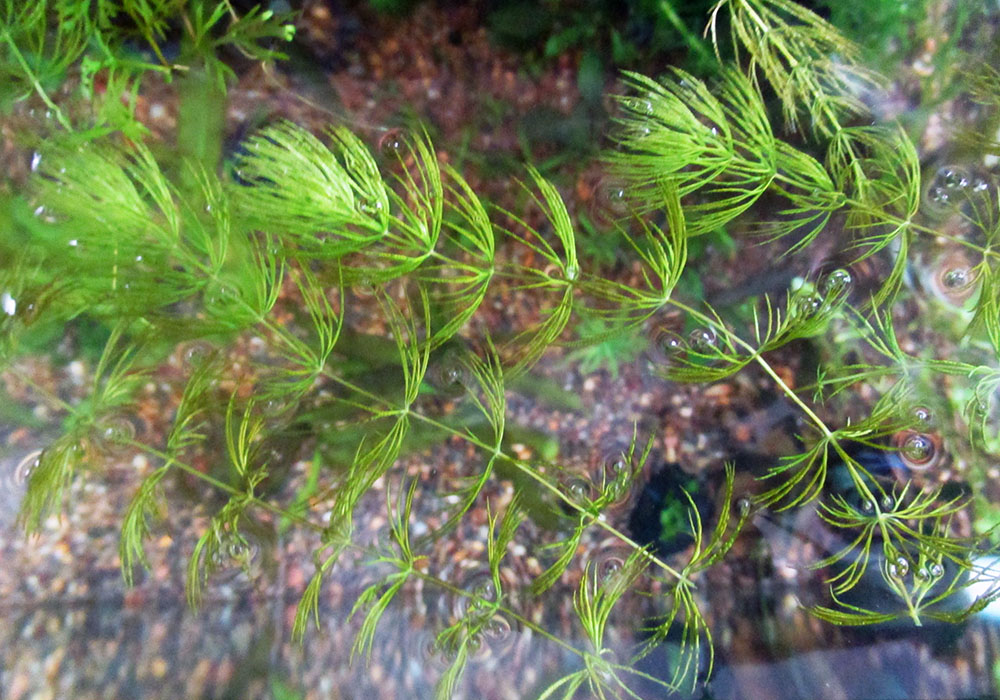10 Types of Koi Pond Plants to Enhance Beauty and Water Quality
Introduction
A beautiful koi pond is not just a place where you can relax and enjoy the beauty of nature, but it also provides a habitat for fish and other aquatic creatures. One way to enhance the beauty and health of your koi pond is by adding plants to it. Koi pond plants not only add color, texture, and life to the pond but also provide natural filtration and oxygenation. In this article, we’ll go over ten types of koi pond plants that you can add to your pond to enhance its beauty and water quality.
1. Water Lilies

Water lilies are one of the most well-known and popular aquatic plants, and for good reason. They come in a variety of colors, including white, pink, yellow, and red, and create a beautiful floating display in your pond. Besides their aesthetic qualities, water lilies are also good for the health of your pond. They provide shade, which helps to regulate the water temperature and prevent the growth of algae by blocking sunlight. Additionally, they also provide a hiding place for fish, which can reduce their stress levels.
2. Lotus

Lotus plants are native to Asia and are often found in Buddhist and Hindu art. They have large, fragrant flowers that come in shades of white, pink, and yellow. Lotus plants are revered for their beauty and spiritual significance, but they also have practical applications in a koi pond. They are known for their ability to absorb excess nutrients from the pond water and their large leaves provide shade to the fish.
3. Water Hyacinth

Water hyacinth is a floating plant that is known for its beautiful lavender-blue flowers. It is a fast-growing plant that can quickly cover the surface of your pond, making it an excellent natural filter. Water hyacinth is also known for its ability to absorb excess nutrients, which can help prevent the growth of algae in your pond. However, it’s crucial to monitor its growth closely and remove any excess growth before it takes over the entire pond.
4. Hornwort

Hornwort is a submerged plant that is often used in aquariums and koi ponds. It has a bushy appearance and provides excellent coverage for fish and other aquatic creatures. Hornwort is also known for its ability to absorb excess nutrients, which can improve water quality and reduce the growth of algae. Additionally, it also releases oxygen into the water, which is necessary for the health of your fish.
5. Water Lettuce

Water lettuce is a floating plant that has green leaves that resemble lettuce leaves. It produces small, white flowers and has slender roots that hang beneath the water’s surface. Water lettuce is an excellent natural filter that can help absorb excess nutrients and prevent algae growth. Additionally, it provides shade for fish and other aquatic creatures, which can reduce their stress levels.
6. Cattails
Cattails are a common sight in wetlands and marshes, but they can also be used in koi ponds. They have tall, slender leaves that shoot up from the surface of the water and produce brown cylindrical flowers. Cattails are known for their ability to absorb excess nutrients, improve water quality, and provide natural filtration. Additionally, they provide a natural habitat for birds, butterflies, and other wildlife.
7. Parrot’s Feather

Parrot’s feather is a submerged aquatic plant that is often used in ponds and aquariums. It has long, feathery leaves that float beneath the water’s surface and provide excellent coverage for fish. Parrot’s feather is known for its ability to absorb excess nutrients, which can improve water quality and reduce the growth of algae. Additionally, it also provides oxygen for fish and other aquatic creatures.
8. Pickerel Weed
Pickerel weed is a native aquatic plant that is often found in ponds, lakes, and streams. It has attractive purple-blue flowers that bloom from late spring to early fall. Pickerel weed is known for its ability to absorb excess nutrients, which can improve water quality and reduce the growth of algae. Additionally, it provides habitat and shelter for fish and other aquatic creatures.
9. Water Hawthorn

Water hawthorn is a submerged aquatic plant that produces clusters of small white flowers. It has slender leaves that float on the surface of the water and provide shade for fish and other aquatic creatures. Water hawthorn is known for its ability to absorb excess nutrients, which can improve water quality and reduce the growth of algae. Additionally, it provides oxygen for fish and other aquatic creatures.
10. Floating Heart
Floating heart is a small, floating plant that produces pink or white flowers. It has round, floating leaves that provide shade for fish and other aquatic creatures. Floating heart is known for its ability to absorb excess nutrients, which can improve water quality and reduce the growth of algae. Additionally, it provides a natural habitat for frogs and other amphibians.
Conclusion
Adding koi pond plants to your pond not only enhances its beauty but also provides natural filtration, oxygenation, and habitat for fish and other aquatic creatures. The plants listed above are just a few examples of the many types of aquatic plants that you can add to your pond. When selecting plants for your pond, make sure that they are suitable for the size of your pond, the climate in your area, and the needs of your fish and other aquatic creatures. With the right selection, your koi pond will thrive and provide enjoyment for years to come.